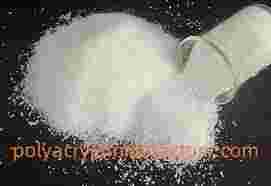Biodegradability and Environmental Risks of Oilfield Polyacrylamide
oilfield polyacrylamide is widely used in enhanced oil recovery (EOR), drilling muds, and produced water treatment. Despite its effectiveness, concerns over biodegradability and long-term environmental impact have led to greater scrutiny from regulators and operators alike.
Understanding Biodegradability
Most oilfield polyacrylamides are synthetic polymers that degrade slowly in natural environments. Their long-chain molecular structure, especially in high-molecular-weight applications, makes them resistant to rapid biodegradation. However, under certain microbial and thermal conditions, partial degradation can occur over time.
Potential Environmental Risks
If improperly handled or discharged, oilfield polyacrylamide can cause several environmental challenges:
| Risk Type | Description |
| Aquatic Toxicity | Unreacted monomers may pose risks to water species |
| Bioaccumulation Concerns | Long-chain polymers may persist in sediments |
| Soil Structure Impact | Residues could alter natural soil porosity and flow |
| Regulatory Pressure | Increasing limits on discharge and environmental load |
Best Practices for Minimizing Impact
Use low-residual formulations with minimal unreacted monomer
Optimize polymer dosage to reduce excess chemical loss
Ensure proper disposal or treatment of produced water
Apply closed-loop circulation systems where possible
A Responsible Future in Oilfield Chemistry
Environmental responsibility does not mean compromising efficiency. Today, there is a growing push toward low-toxicity, partially degradable polyacrylamide solutions that meet both performance and environmental goals.
Partner with a Responsible Supplier
At Polyacrylamidefactory, we provide oilfield polyacrylamide solutions engineered for both performance and eco-compliance. Our production approach minimizes environmental burden while delivering high-function polymers tailored for modern EOR systems.




